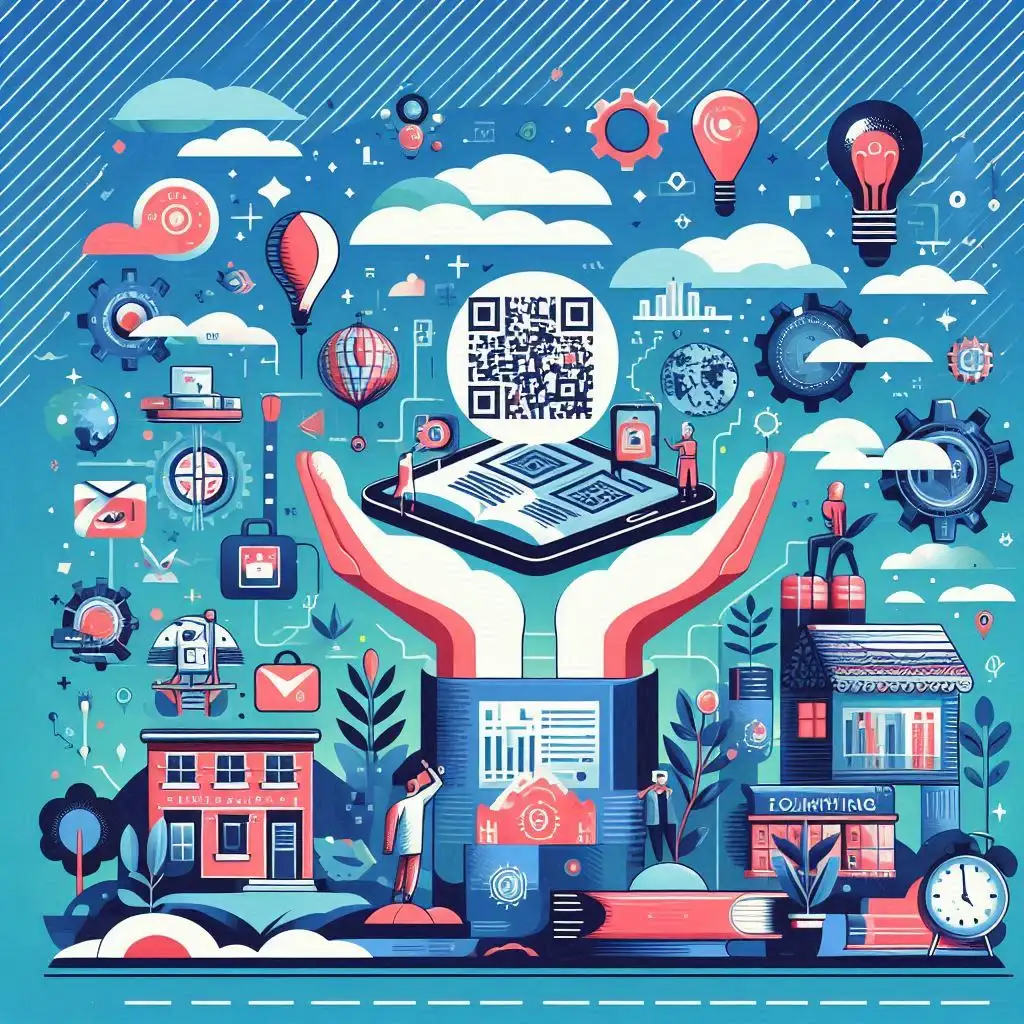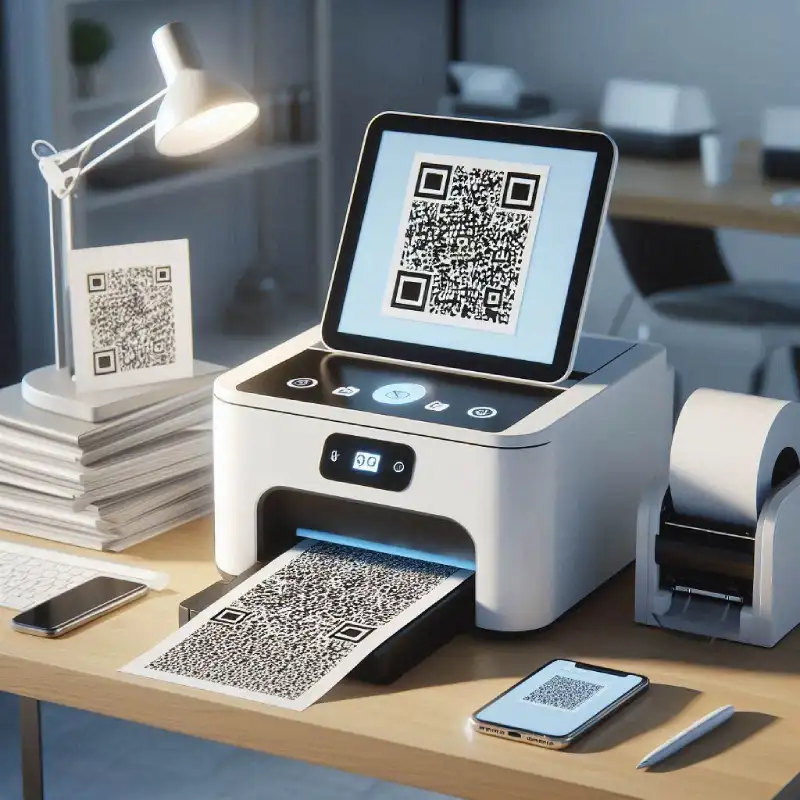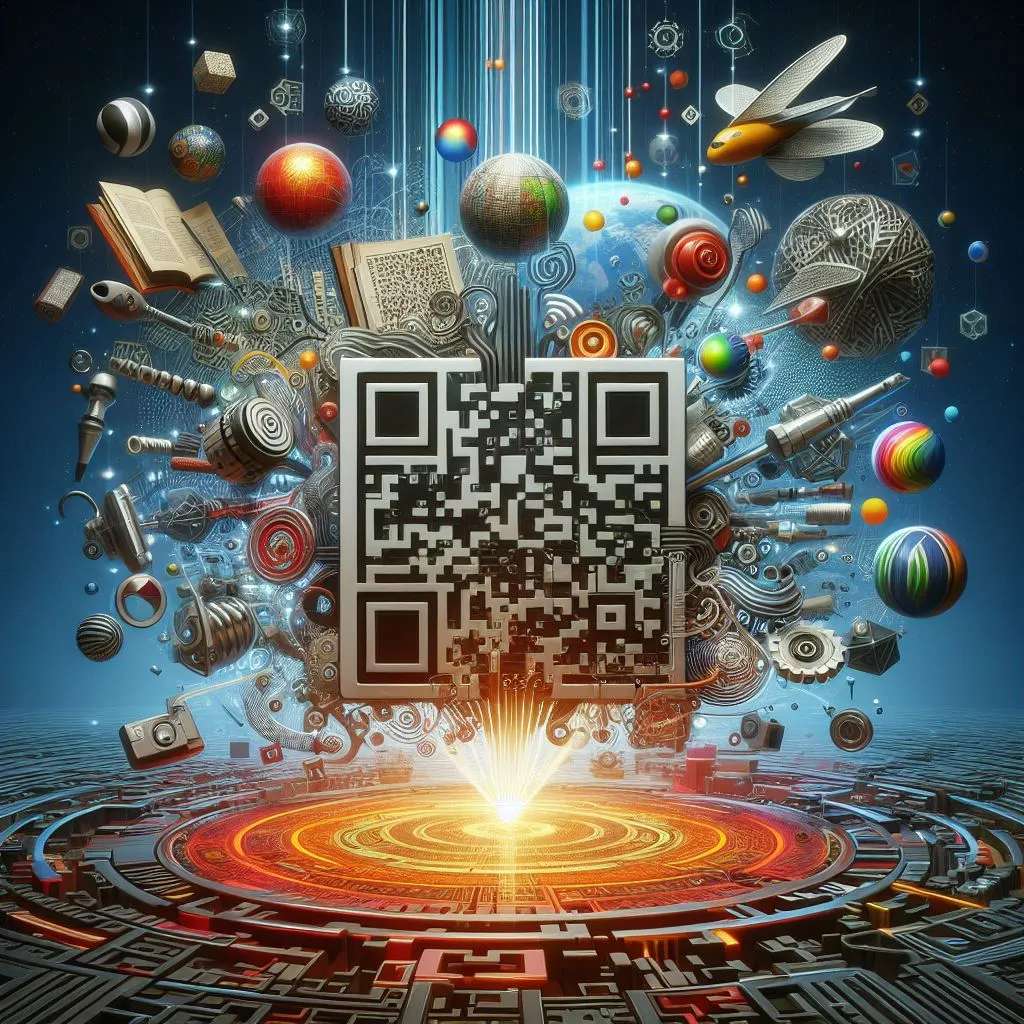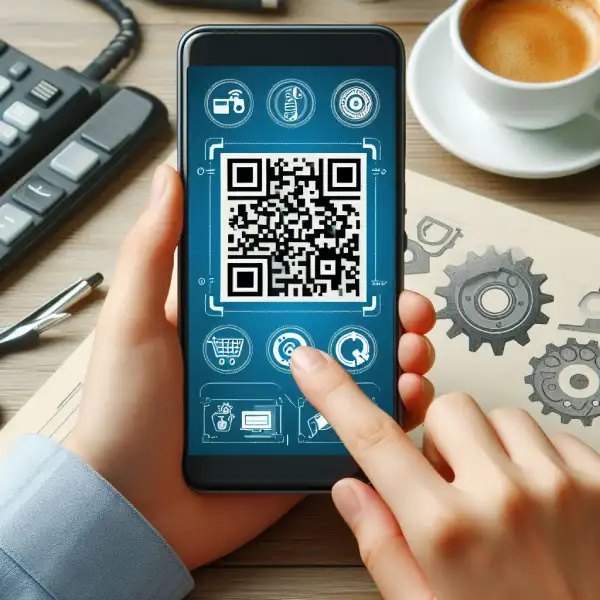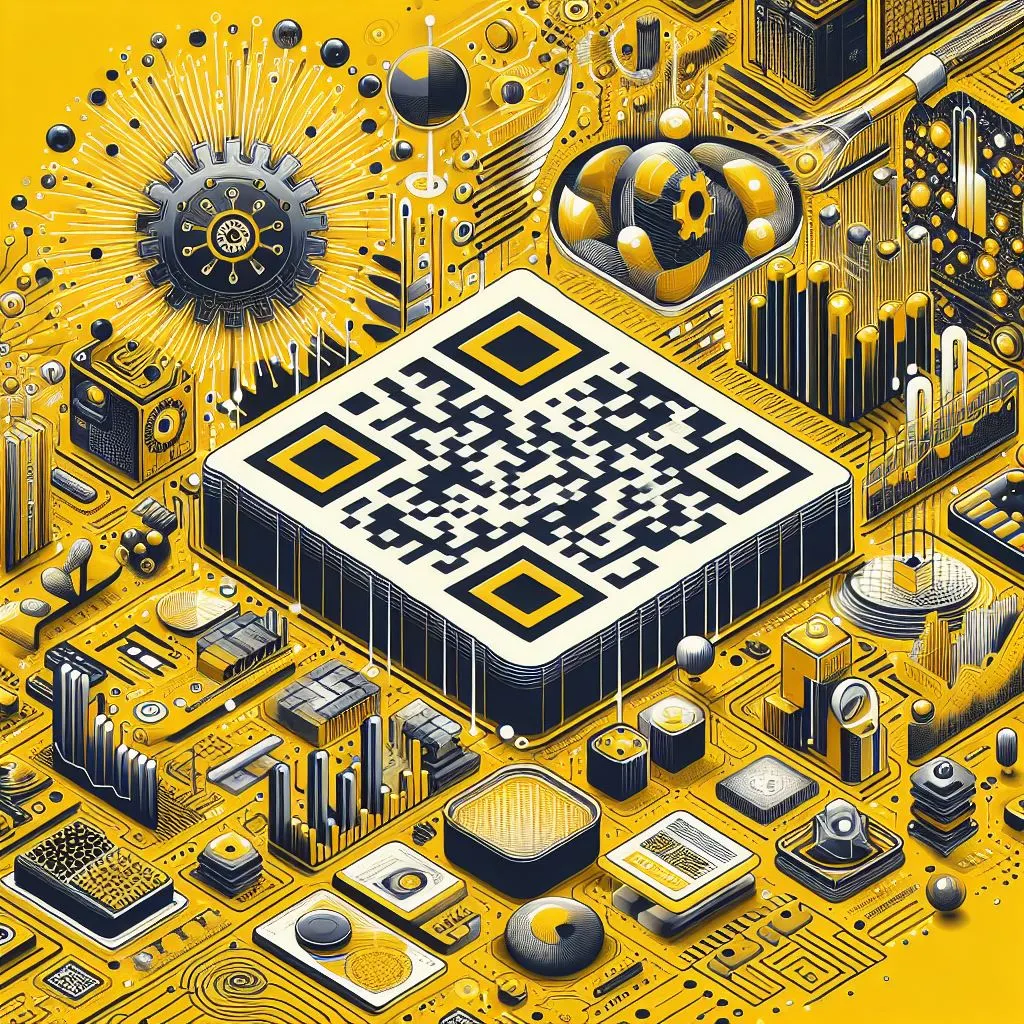
Introduction
In today's digital age, QR codes have become a ubiquitous presence in our lives, facilitating everything from mobile payments to digital marketing campaigns. But have you ever wondered about the origins of these pixelated squares and how they've evolved over time? Join us on a journey as we delve into the captivating history and promising future of QR codes.
Origins of QR Codes
The story of QR codes began in the early 1990s in Japan, where Denso Wave, a subsidiary of Toyota, sought to improve the efficiency of tracking automotive parts during manufacturing. Led by Masahiro Hara, a team of engineers developed the QR code as a two-dimensional barcode capable of storing significantly more data than traditional barcodes.
Early Adoption and Expansion
As QR codes gained recognition for their versatility and efficiency, they began to find traction in various industries beyond manufacturing. In Japan, QR codes quickly became ingrained in everyday life, used for everything from mobile payments and ticketing to marketing and informational purposes. The rest of the world soon followed suit, with QR codes becoming a global phenomenon thanks to the proliferation of smartphones equipped with built-in cameras and QR code scanning capabilities.
Technological Advancements
Over the years, QR code technology has undergone significant advancements aimed at enhancing functionality, security, and usability. One notable development is the introduction of dynamic QR codes, which allow for the modification of encoded data even after the code has been generated. This flexibility enables businesses to update QR code content dynamically, ensuring that information remains relevant and up-to-date.
Integration into Everyday Life
Today, QR codes have become an integral part of everyday life for many people around the world. From scanning codes to access digital boarding passes at airports to making contactless payments at retail stores, QR codes facilitate seamless interactions and transactions in both personal and professional settings. Whether it's navigating a museum exhibit or ordering food at a restaurant, QR codes offer convenience, efficiency, and versatility, making them indispensable tools in the digital age.
Conclusion:
As we reflect on the journey of QR codes from their humble beginnings to their widespread adoption, one thing is clear: the future is bright for this versatile technology. With continued innovation and integration into various aspects of our lives, QR codes are poised to play an even greater role in shaping the way we interact with the world around us.
